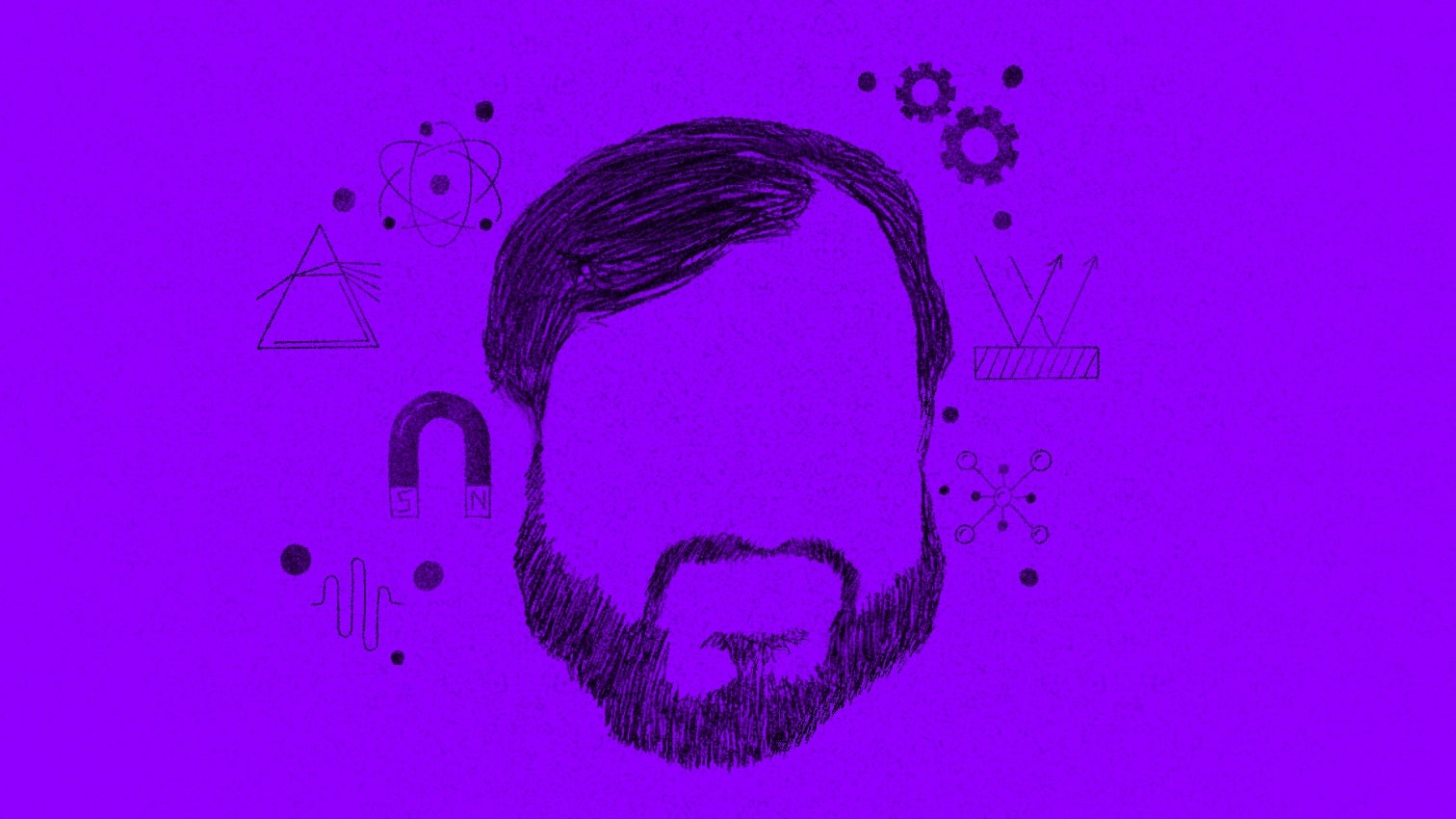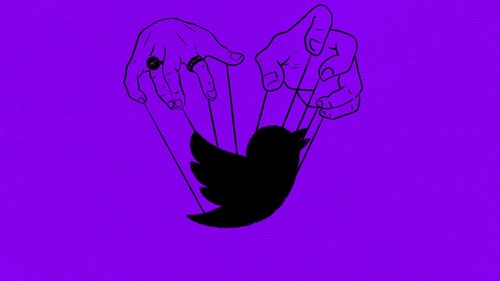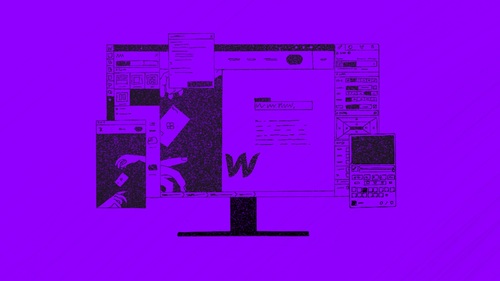Notion and Canva were huge game-changers.
They took a problem we all face & created a simple affordable solution. One day, we know nothing about them & the next day everyone can't stop talking about them!
They rode on high horses on the back of a community. A community that loved them.
Today's tale talks about a similar community-led ed-tech startup. One with a superstar protagonist, a thrilling story and a brilliant business.
Of course, I am talking about Physics Wallah. After only 2 years since its launch, Physics Wallah generated INR 350 Cr in revenue in FY22 & earned the unicorn status. And this unicorn has a PROFITABLE horn! 🦄
So, let's learn through Physics Wallah why you shouldn't just "launch" your startup, but buildd a community.
The story of young Alakh Pandey
Alakh Pandey, the creator of Physics Wallah originates from a middle-class family in a small town called Prayagraj, Uttar Pradesh in India.
Alakh didn't come from a strong financial background. With his father's unfortunate failed ventures, it was on Alakh to buildd a bright future for their family. They took out a huge loan to fund his schooling, and he was set on a path to good grades and a good job.
To help out his father, Alakh started teaching Physics (his favourite subject) tuitions right from 8th grade and continued doing so in 11th and 12th grade.
Like many 12th-grade aspirants in the country, Alakh also dreamed of studying at an IIT one day. But, unfortunately, his dream didn't come true.
He instead enrolled in a local engineering college to study Mechanical engineering, since that subject was "closest" to Physics.
College was not everything Alakh had hoped it would be. The first year went by in a breeze. But, after a couple of years, he realised that he was not learning anything valuable.
Pretty much determined to buildd his future, Alakh decided to drop out of college in his 3rd year of engineering.
Offline coaching teacher to a YouTube GURU!
As a dropout, Alakh turned to one thing he always loved — Teaching.
He started teaching Physics at a local JEE coaching class. And, for the first time, things were going great. Alakh was earning enough to support his family. He had a good job that he actually enjoyed doing.
His boss was also impressed by his performance & he assured Alakh that if he kept going like this, he'll soon be able to teach over 7000 students[1].
That's when reality hit him. Alakh's goal always was to have a huge impact, to do something BIG. That's the reason why he had dropped out.
He realised that teaching at local coaching won't allow him to have that impact. So, he started his own YouTube channel in 2014.
Marketing 101 - building a community!
For the first few years on YouTube, things didn't click for Alakh. He tried many hacky ways, like offering students a Rs 50 recharge to subscribe to his YouTube channel 😂
But well, as you might have guessed, it didn't work.[2]
As a startup founder "Shamelessness" is a big superpower.
So, he made two changes in 2017:
- He quit his job to focus on YouTube full time
- He ditched the crowded JEE/NEET space, to teach physics to ICSE students.
Now, these ICSE students were a neglected bunch. So, getting a caring teacher who taught them Physics in a fun way for free was everything! They lifted the Physics Wallah channel to 10K subscribers in a year but there was more to come.
Soon, the YouTube channel grew to 50K and with the pandemic boost, more than 7M subscribers!
All startups seem like failures till they become overnight successes.
So, what worked for Physics Wallah here?
1) Move through storytelling
A lesser-known fact about Alakh is that his first love was not Physics or teaching but acting!
He loved story-telling. So, he combined it in everything - Physics, Teaching & Marketing.
Alakh is a master storyteller, so much so, that his storytelling not only made his classes super interesting but also give him an influencer/guru status. He was not just a simple YouTuber but a close teacher to these students.
With his personal stories that were both motivational & impactful and with a sprinkle of wit, Alakh created a community of die-heart fans in his students.
2) Adding value to your community
For the first few years, the goal was to solely add value. Physics Wallah was not selling any courses or running brand deals or ads. In fact, Alakh didn't even know that he could monetize his YouTube channel.
It was about pure content that was most helpful to his students. And, the communication worked both ways. Alakh didn't just teach but also listened.
- His students asked him to write content on the board while teaching instead of just pointing at already written content. He took the advice.
- They told him to cover a particular topic in a certain way and he would deliver.
This feedback loop created a one-on-one conversation between Alakh and his students, creating a loyal audience.
Physics Wallah's audience base is a meme loving group that's intensely supportive of Alakh Pandey. Any conflict and the group is ready to take on the enemy with digital pitchforks and knives.
Seeing this result, it's clear that Alakh's initial obsession with his students massively paid off.
We learn 2 things here:
- Buildd your community or audience, before building your product.
- The best marketing for your startup is done by your customers.
The birth of Physics Wallah ed-tech app
In 2020, when the COVID 19 pandemic hit, it was this community that pushed Alakh to launch his ed-tech app called PW - short for Physics Wallah.
On the day of its launch, the app literally crashed with the sheer number of downloads. Within just 7 days, it reached 300K downloads![3]
Today the application has over 5M downloads, 3 lakh daily active users, & over 90 minutes of consumption time.
From the early days of the one-man army, now Physics Wallah has grown to a company of 50 lecturers, 250 faculty members and 7M subscribers[4]!
All this by selling courses at 1/10th of the market price.
0 to 7M - another way of building an ed-tech startup
Back in the day, Physics Wallah had earned Rs 8000 in the month they finally monetized their YouTube channel.
It was YouTube monetization that sustained Physics Wallah in its initial days and helped Alakh continue churning content without worrying about his living.
Lesson ➝ The first revenue goal of your startup is not a million dollars - but to earn enough to NOT quit.
Today, their various courses generate[5]
- INR 350 Cr in revenue in FY22, set to increase to INR 650 Cr in FY23
- INR 7 Cr in profit in FY21, making it the only profitable ed-tech unicorn in India!
Compare this with Unacademy's INR 380 Cr revenue in FY21 (latest numbers), the 2-year-old startup is now playing in the big leagues! But, thanks to its loyal community of students it doesn't have to spend Unacademy's INR 414 CR on marketing 😉
It's quite funny how both these startups started out as YouTube channels but eventually took very different routes!
But, now with the infusion of $100M VC funding and a larger team, it's no more just Alakh and his students.
Will the charm of Physics Wallah continue to dazzle if Alakh is not the one teaching on the screen? And, with VC money in the scene and higher expectations on PW's shoulders can they continue selling courses for just a fraction of the price?
From the billion-dollar mark, things certainly get more challenging. So, it'll be interesting to see if Physics Wallah follows suit of other ed-techs or manages to buildd a profitable empire!
References:
[1] — How did PHYSICS WALLAH become a 1.1 Billion Dollar Edtech Brand?
[2] — Alakh Pandey Interview on a YouTube channel
[3] — How Alakh Pandey mined his passion for teaching to build edtech unicorn PhysicsWallah
[4] — Physics Wallah’s bootstrapped challenge to Unacademy’s test-prep prowess - The Ken









